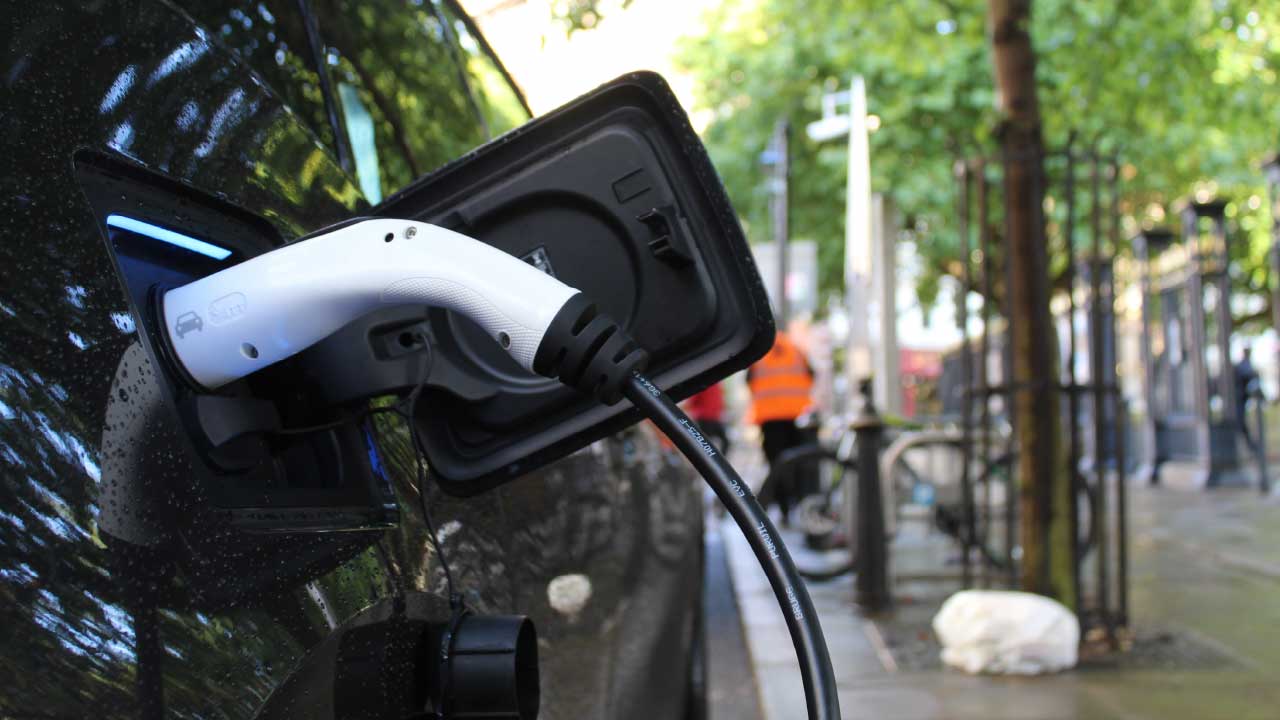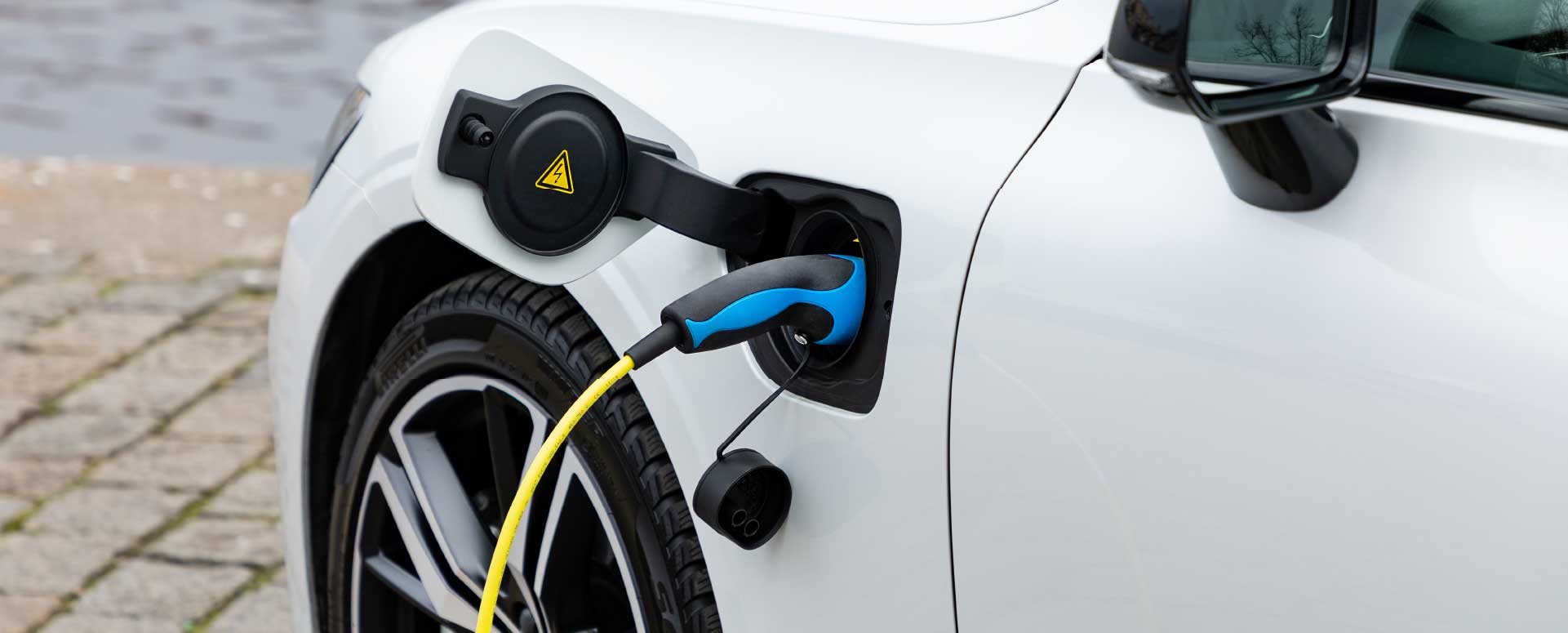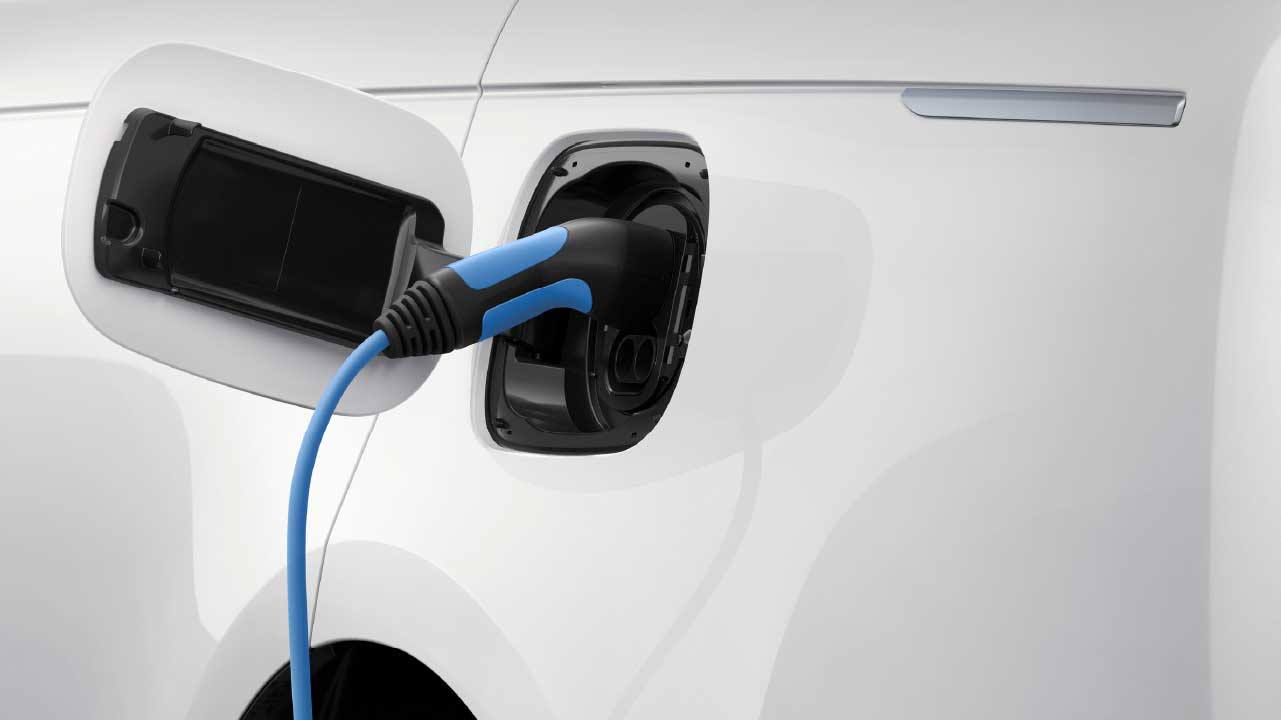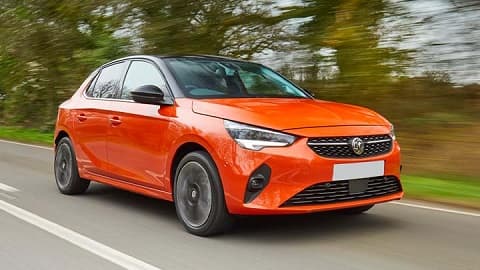Electric Motoring
At the moment there are over 220,000 plug-in electric vehicles (EVs) registered in the UK, with these numbers looking like they will continue to rise as EVs increase in popularity. EV sales are predicted a steady growth as measures such as clean air zones are being put into place to meet the Government’s ‘Road to Zero’ target of no petrol or diesel cars and vans being sold by 2040.
We will be looking in more detail at costs involved with the new and planned clean air zones, charging considerations and range anxiety, and choosing the right EVs for your fleet. Firstly, we have a short round up of some other key facts and more details on the key things you need to know.
- 96 percent of motorway service stations have rapid charge points
- Over 26,000 charge point connectors
- Fuel costs could be as little as 2p/pm
- The government will give you up to £3,000 off the purchase price of a qualifying vehicle
- There are now over 40 vehicle models to choose from
- Switching to EV
- Charging
- Government Grants
- Company Car Tax
- Lower Fuel Costs
- Insurance
- Local Benefits
- Downtime Savings
Switching to EV
Businesses in the UK could save thousands by switching some, or all of, their fleet to EVs thanks to Government grants, fuel savings and reduced repair and maintenance costs. In making this switch, businesses can also deliver on corporate responsibility pledges to cut carbon emissions.
A business or fleet in the UK switching to electric vans or cars can save an estimated 20 to 30 percent in upkeep and repair costs alone compared with petrol or diesel vehicles. Contributing to the fact that over two thirds of current EV registrations are for businesses or fleets.
Charging
EV charging is a vital part of EV ownership, and we will be looking at this issue in further detail soon. To start with, here are a couple of the key considerations:
Types of charging
There are three main types of charging – rapid, fast and slow. The fastest units can charge in as little as 30 to 80 minutes, while slower units require several hours.
Charging at work
An increasing number of companies are installing workplace EV charging units for use by employees and visitors, as a vehicle will typically be stationary for most of the day, it can be conveniently charged. Companies can also benefit from grants and allowances that are available for installation. Many opt for zero or low-cost options for their employees to incentivise them to use EVs within the company.
Charging on the road
Although many EV charge points are free to use, most fast and rapid chargers require payment. Charging tariffs tend to comprise a flat connection fee, a cost per charging time (pence per hour) and/or a cost per energy consumed (pence per kWh). Payment methods can vary across networks, with some requiring an RFID card and others a smartphone app. Most will also require an account to be set up before use.
Government Grants
Low emission vehicles are eligible for a plug-in grant, giving you a discount on the price of a brand-new low emission vehicle. This is included in the cost that the dealer will ask for at point of purchase.
The amount of the grant depends on which category the vehicle is in. Not all low-emission vehicles will receive a grant; only vehicles that have been approved by the government are eligible.
The most you can get is 35 percent of a car's purchase price, up to a maximum of £3,000. This only applies to cars that meet certain criteria, including the requirement for a range of at least 70 miles on a single charge.
You can find out more and a full list of vehicles here: https://www.gov.uk/plug-in-car-van-grants
Company Car Tax

For zero-emission battery electric cars and PHEVs with CO2 emissions up to 50 g/km, company electric car tax is currently set at 16 percent BIK. However, for 2020/21 BIK rates for all-electric models will drop to zero, before rising to one percent in 2021/22 and two percent in 2022/23.
Next year, a new system of categorisation comes into effect. Models producing between 1 and 50g/km CO2 will be divided up in terms of electric-only driving range. The reason for this is to continue to promote the use of the greenest models. PHEVs with a range of 130 miles or more on a single charge will only pay 2 percent BIK in 2020/21, while PHEVs with a range of less than 30 miles on a charge will pay 14 percent BIK. Above 50g/km CO2, it is categorised as any other model, with BIK rates starting at 15 percent.
It is important to note that even though EV drivers can tax their vehicle at zero cost, it is required by law that the car be registered, the same is required of company owned vehicles.
Lower Fuel Costs
Recent statistics show that fully electric vehicles could cost over 70 percent less than their diesel or petrol counterparts in fuel. In general, for a modern EV, a 100-mile charge currently costs around £4, with an equivalent fossil fuel car coming in at about £14 to travel the same distance. The range of an average EV is of course still currently significantly lower than its petrol or diesel equivalent. There are other factors that impact the range, such as the driving style of the driver, the weight and age of the vehicle, and how well it has been maintained etc. Even so, in the case of a small family sized hatchback you could save over £1,000 in fuel by switching to an EV equivalent.
Insurance
Finding a suitable insurance option for your vehicles is an important decision for any Fleet Manager, and EVs can come with a few additional considerations. Many EV buyers can be considered lower risk thanks to their choice of car, as the belief is that their values and choice of vehicle could make them a safer, more conscientious driver. So, sometimes plug-in car buyers can be offered lower rates. There are a couple other things you should be aware of in terms of insuring your EV fleet.
Charging
When charging your EV fleet, you owe a duty of care to members of the public and those that work for you that could trip and injure themselves on a cable. Make sure that you have adequate liability insurance cover included in your electric car insurance policy and consider additional driver training around these issues, especially if you are switching to an EV fleet.
Leased batteries
If you lease your battery on a contract separate from owning the vehicle, it is important to make your insurance company is aware of this to prevent problems should a claim be necessary.
Local Benefits
There could be a few local benefits and incentives to add EVs to your fleet. For instance, there are a couple locations across the UK like Leeds and Milton Keynes for example that offer free parking for zero-emission vehicles and also plug-in hybrids.
Following the success of London City’s Ultra Low Emissions Zone (ULEZ), there will also be an increasing number of Clean Air Zones being implemented across the UK. Low emission vehicles can drive through these zones for free instead of being charged the rate that would have applied to their vehicle. These rates are due to be enforced and are dependent on the local council.
Downtime Savings (Maintenance and Repair)
Fully electric vehicle engines have fewer moving parts than the conventional petrol or diesel internal combustion engine. Having only a motor, inverter and on-board charger can mean there are fewer parts requiring maintenance. This could also make the repair process much faster and more convenient, reducing the downtime of your fleet vehicles and saving you money.







